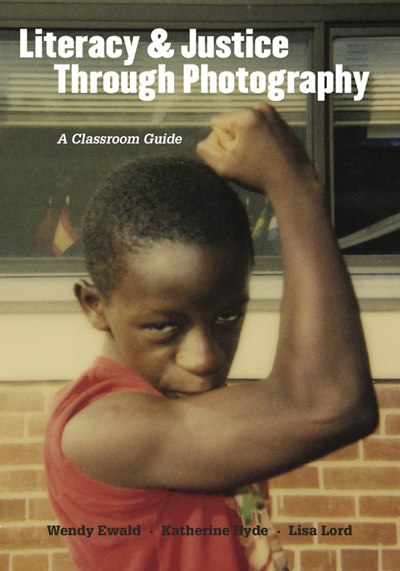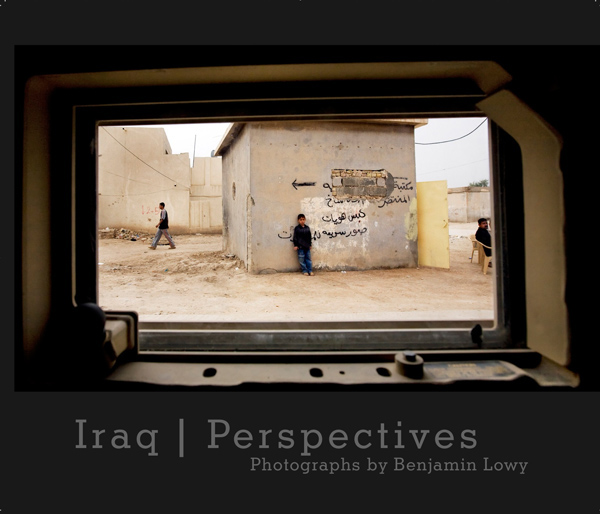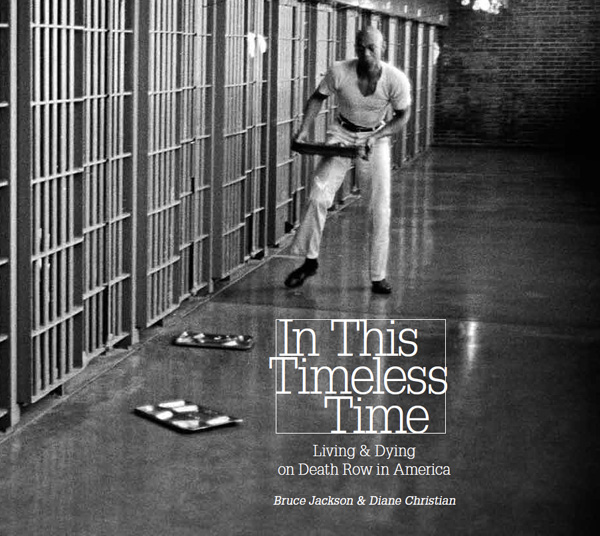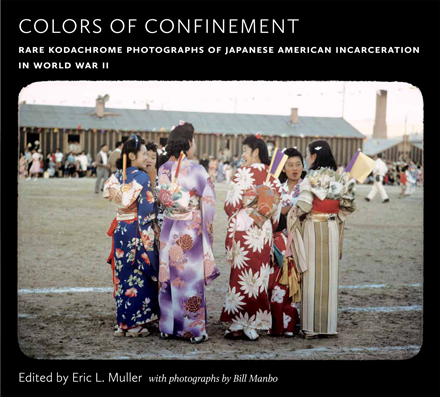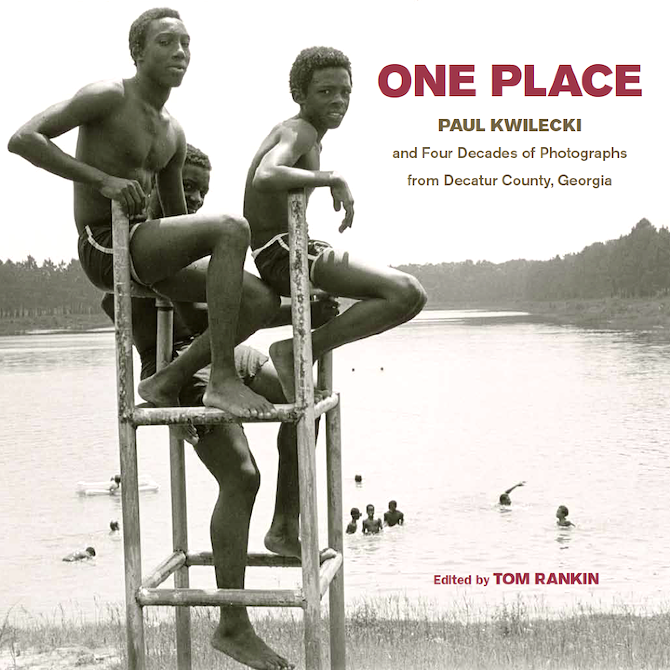Books
As the digital arts and publishing intern at the Center for Documentary Studies at Duke University, I assisted with the production and/or marketing of books that were published by CDS Books. The following books were published during my tenure at CDS and are very close to my heart. To learn more about books from CDS visit cdsbook.org
Wendy Ewald, Katherine Hyde, and Lisa Lord share their perspectives as an artist, a sociologist, and a teacher to build on students’ own ideas and experiences in integrating four Literacy Through Photography projects—American Alphabets, The Best Part of Me, Black Self/White Self, and Memories from Past Centuries—into the curricula. Using the backdrop of contemporary culture and the politics of urban schools, Literacy and Justice Through Photography presents creative and engaging portraits, detailed project descriptions and lesson plans, and reflections and resources to promote critical thinking, self-expression, and respect in the classroom while also addressing the standards across various disciplines and grade levels.
Iraq | Perspectives presents powerful and arresting color photographs, taken over a six-year period through Humvee windows and military-issue night vision goggles, capture the desolation of a war-ravaged Iraq as well as the tension and anxiety of both U.S. soldiers and Iraqi civilians. To photograph on the streets unprotected was impossible for Benjamin Lowy, so he made images that illuminate this difficulty by shooting photographs through the windows and goggles meant to help him, and soldiers, to see. In doing so he provides us with a new way of looking at the war—an entirely different framework for regarding and thinking about the everyday activities of Iraqis in a devastated landscape and the movements of soldiers on patrol, as well as the alarm and apprehension of nighttime raids.
In This Timeless Time features photographs by Bruce Jackson and text by Bruce Jackson with Diane Christian, as well as a DVD of their film Death Row, and “is about life on Death Row in Texas, the special prison within a prison the state maintains for men it plans to put to death,” as Jackson and Christian write in their preface. “It is also about all the other Death Rows, which across time and in various places differ in marginal ways but which, at their core, are not significantly different from one another.”
In 1942, Bill Manbo and his family were forced from their Hollywood home into the Japanese American internment camp at Heart Mountain in Wyoming. While there, Manbo documented both the bleakness and beauty of his surroundings using Kodachrome film—a technology then just seven years old—to capture community celebrations and to record his family’s struggle to maintain a normal life under the harsh conditions of racial imprisonment. Colors of Confinement showcases sixty-five stunning images from this extremely rare collection of color photographs, presented along with three interpretive essays by leading scholars and a reflective, personal essay by a former Heart Mountain internee.
Paul Kwilecki developed his visual ideas in series of photographs of high school proms, prison hog killings, shade-tree tobacco farming, factory work, church life, the courthouse. He also wrote eloquently about the people and places he so poignantly depicted, and in this book his unique knowledge is powerfully articulated in more than 200 photographs and selected prose.
Paul Kwilecki worked alone, his correspondence with other photographers his only link to the larger art world. While Paul ranks among the most important American documentary photographers of the twentieth century, he is also one of the least well known. "Decatur County is home," he said, "and I know it from my special warp, having been both nourished and wounded by it."
